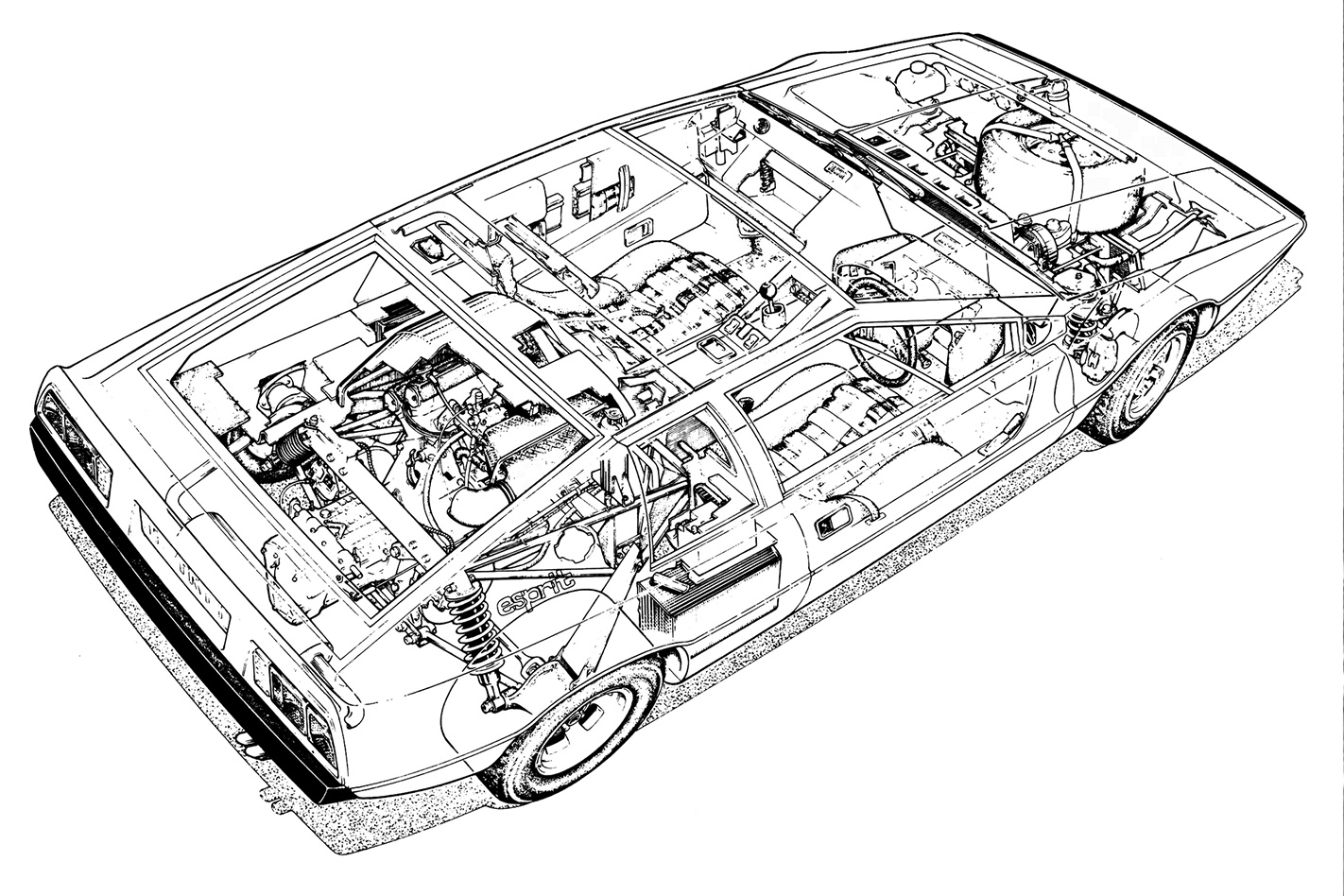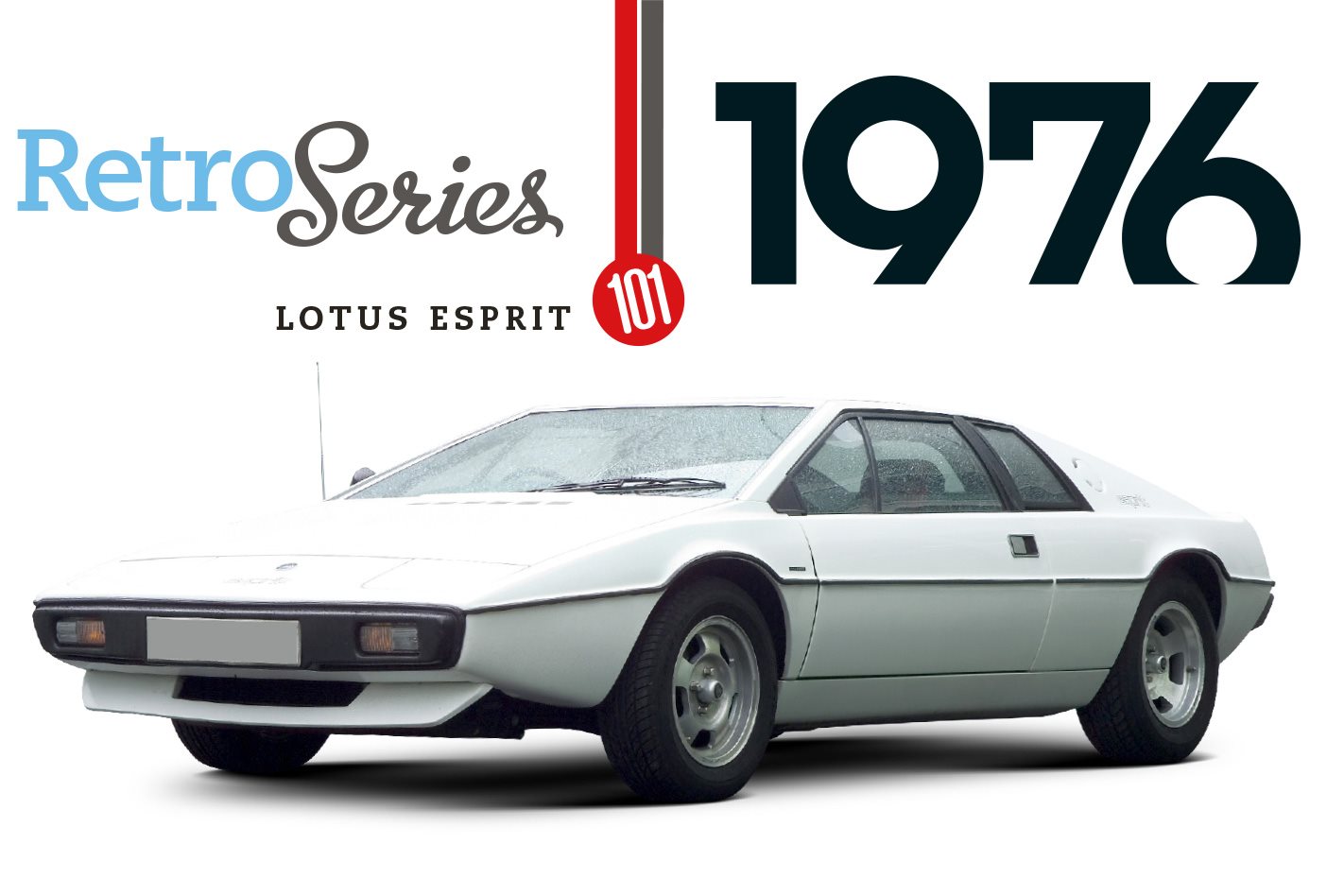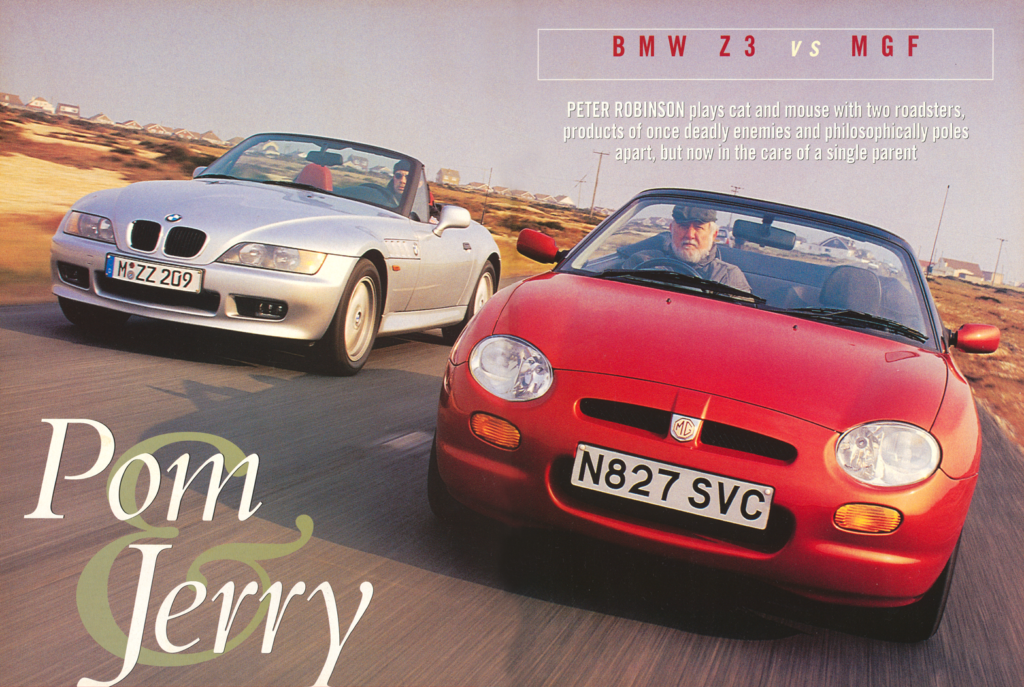LET’S SAY you’re a technology billionaire who’s big in space exploration, satellites and energy, with almost the means – and perhaps the will – to take over the world. You’re looking to buy a car, but heck, you already have your own car company. What to buy?
In 2013, SpaceX/Tesla entrepreneur Elon Musk plonked down £612,000 ($1.05m) to buy ‘Wet Nellie’, the white Lotus Esprit from the 1977 James Bond film The Spy Who Loved Me. It must amuse Musk that this car doesn’t actually have wheels and can only be driven underwater.
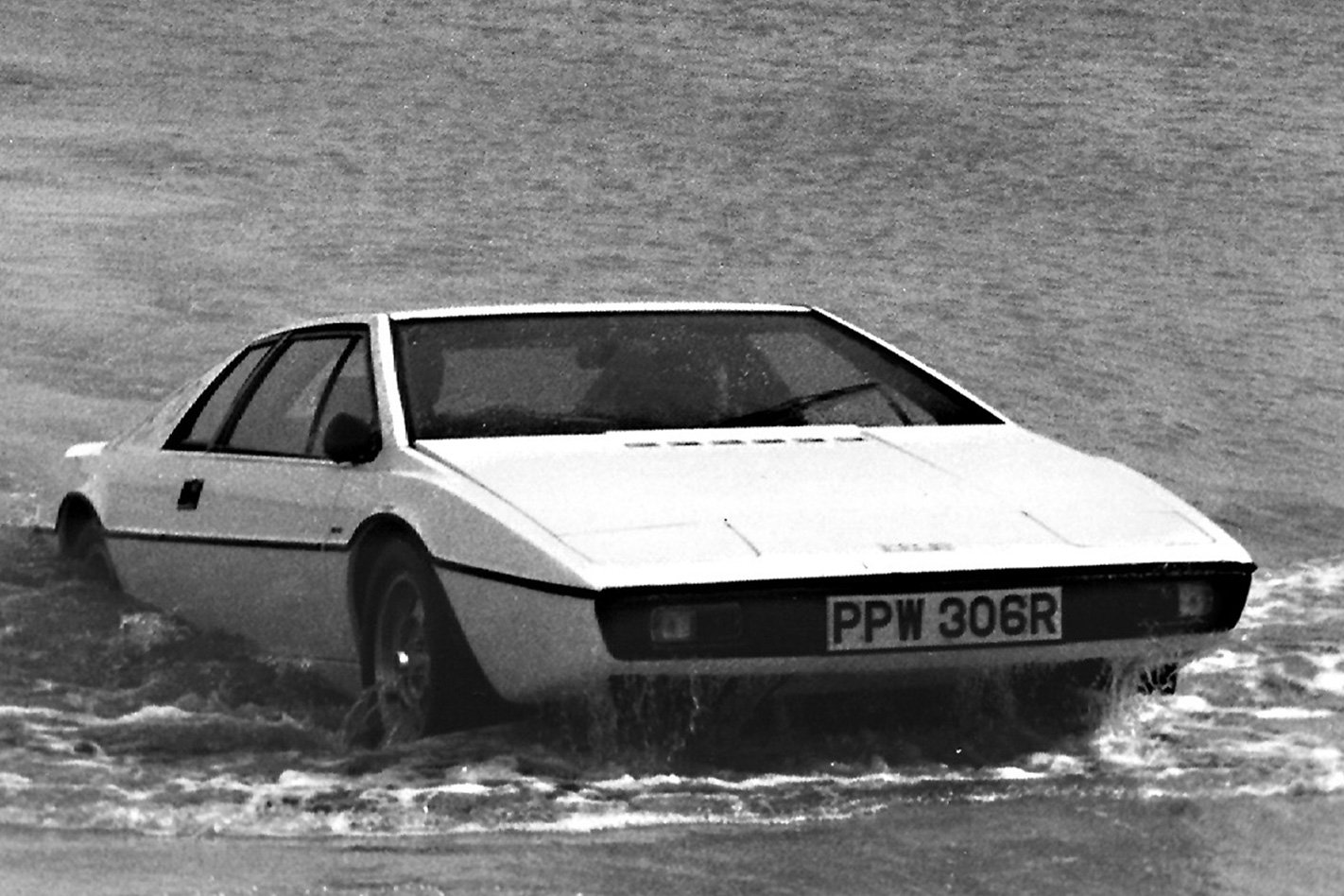
Giugiaro’s first design for fibreglass required long production engineering, the process also allowing time for Lotus’s new, all-alloy ‘907’ four-cylinder engine to be developed, and a sufficiently strong transaxle gearbox to be found. The production prototype was completed in December 1974, though it was another 10 months until the public launch at the 1975 Paris Motor Show – and customer deliveries did not begin until mid-1976.
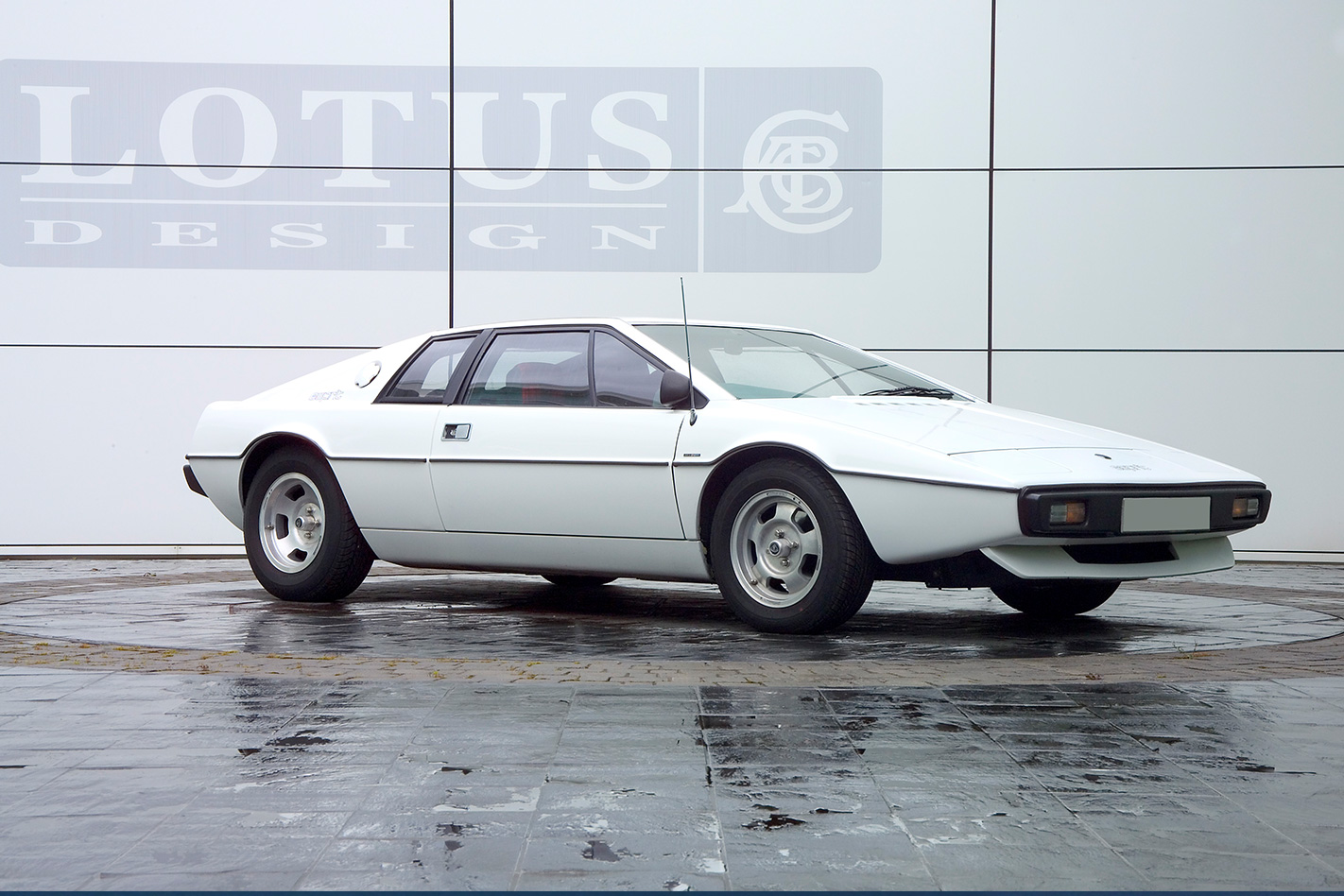
In August 1978, the Esprit S2 introduced more refinement along with styling and mechanical changes, progressing through a stroked 2.2-litre and Turbo (1980), an S3 (1981), a new generation (with body designed by Peter Stevens) in 1988 and Lotus’s own 3.5-litre twin-turbo V8 (1996). Esprit production ended in 2004 and in those 28 years, Lotus built only 10,675 Esprits – of those, a mere 894 being the Series 1.
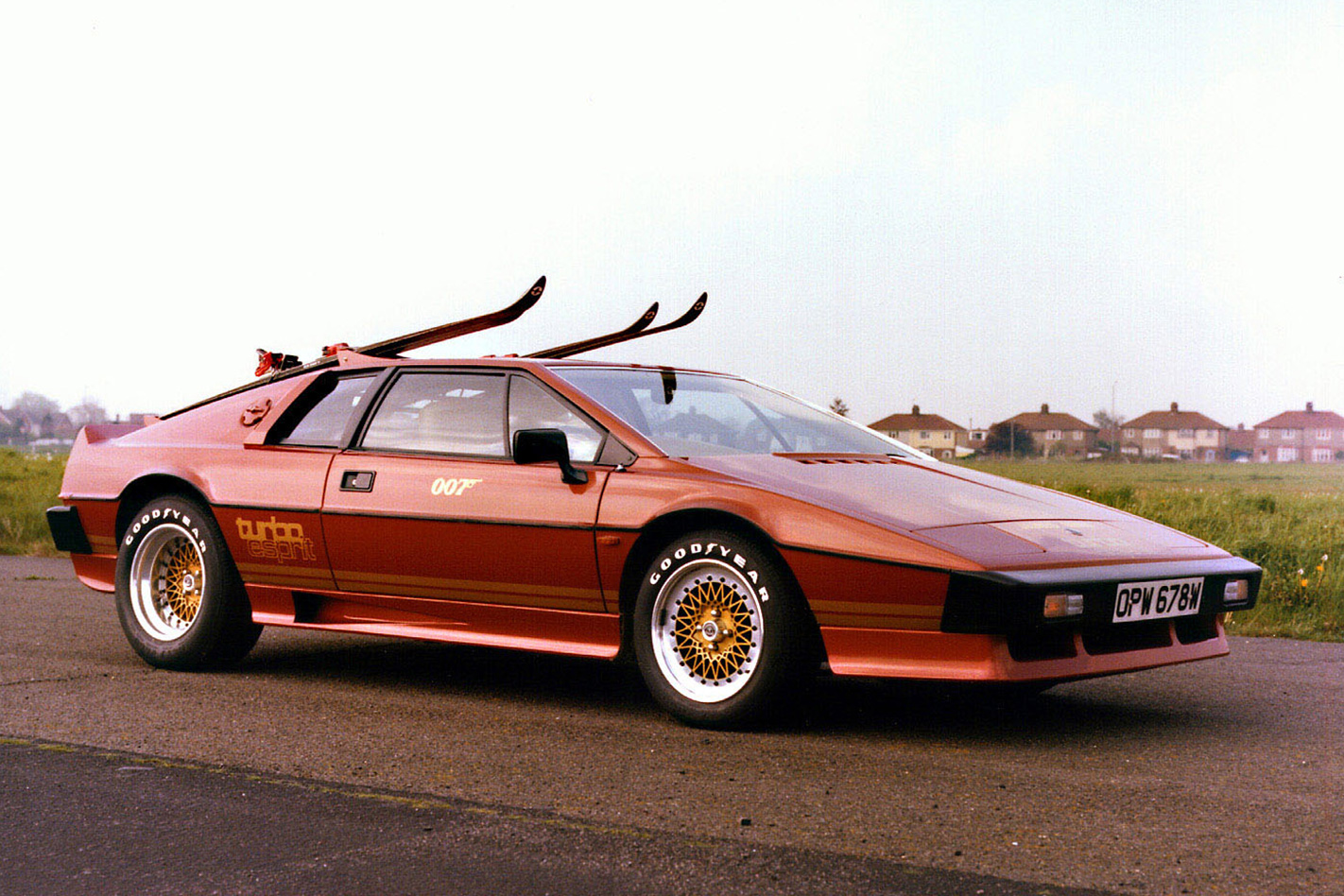
Sporty slant
The 1973cc, dohc, 16-valve four-cylinder ‘907’ engine had its block cast at a 45-degree angle for a low bonnet line and later V8 expansion. With twin Dell’Orto carbs, its 119kW at 6200rpm and 190Nm at 4900rpm were modest (US versions had only 104kW), but were at least aided by a 990kg kerb weight, mid-mounted location and (Citroen-sourced) five-speed transaxle. 0-100km/h took around 6.8 seconds.
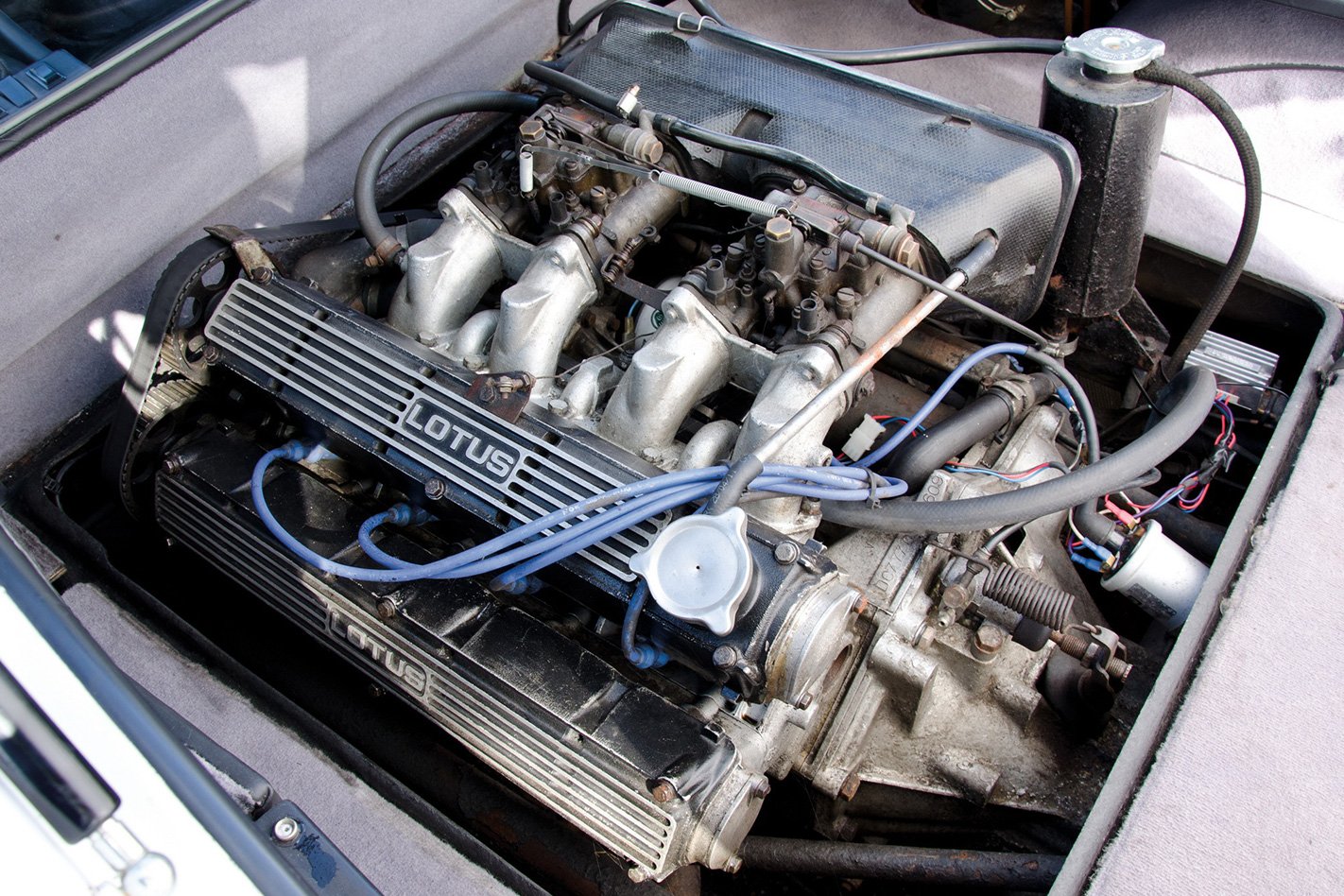
Tartan it up
The signature Esprit S1 interior was the green and red tartan from James Bond’s example. S1s eschewed leather for ‘washable’ fabric. Inside was as angular as outside, with a tall and broad centre console ramping up to the dash, a curved ‘three-panel’ binnacle (housing lighting, instrumentation and ventilation controls), and laid-back, one-piece seats that butted against the rear bulkhead, leaving the shallow glovebox as the only interior storage space. Front and rear boot space totalled a meagre 198 litres.
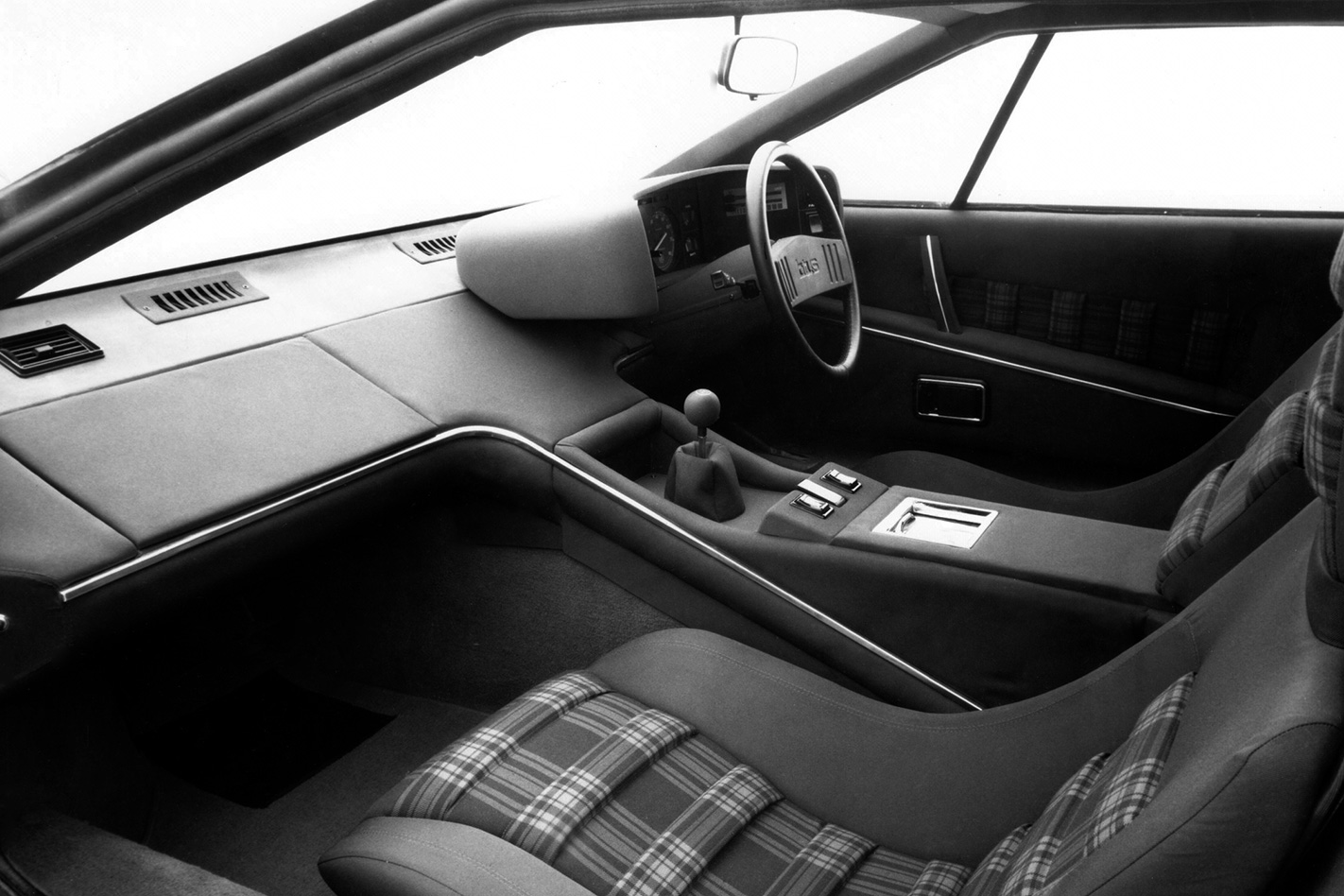
A ’glass act
In Lotus custom, the Esprit comprised a fibreglass monocoque body on a fabricated steel backbone chassis. It was low, at just 1090mm, and 4190mm long. Front suspension was by double wishbones with coils, rear by trailing arms and lateral links with coils. Sublime steering was by unassisted rack-and-pinion; braking by 246mm front and 270mm (inboard) rear discs, within 14-inch Wolfrace alloy wheels.
